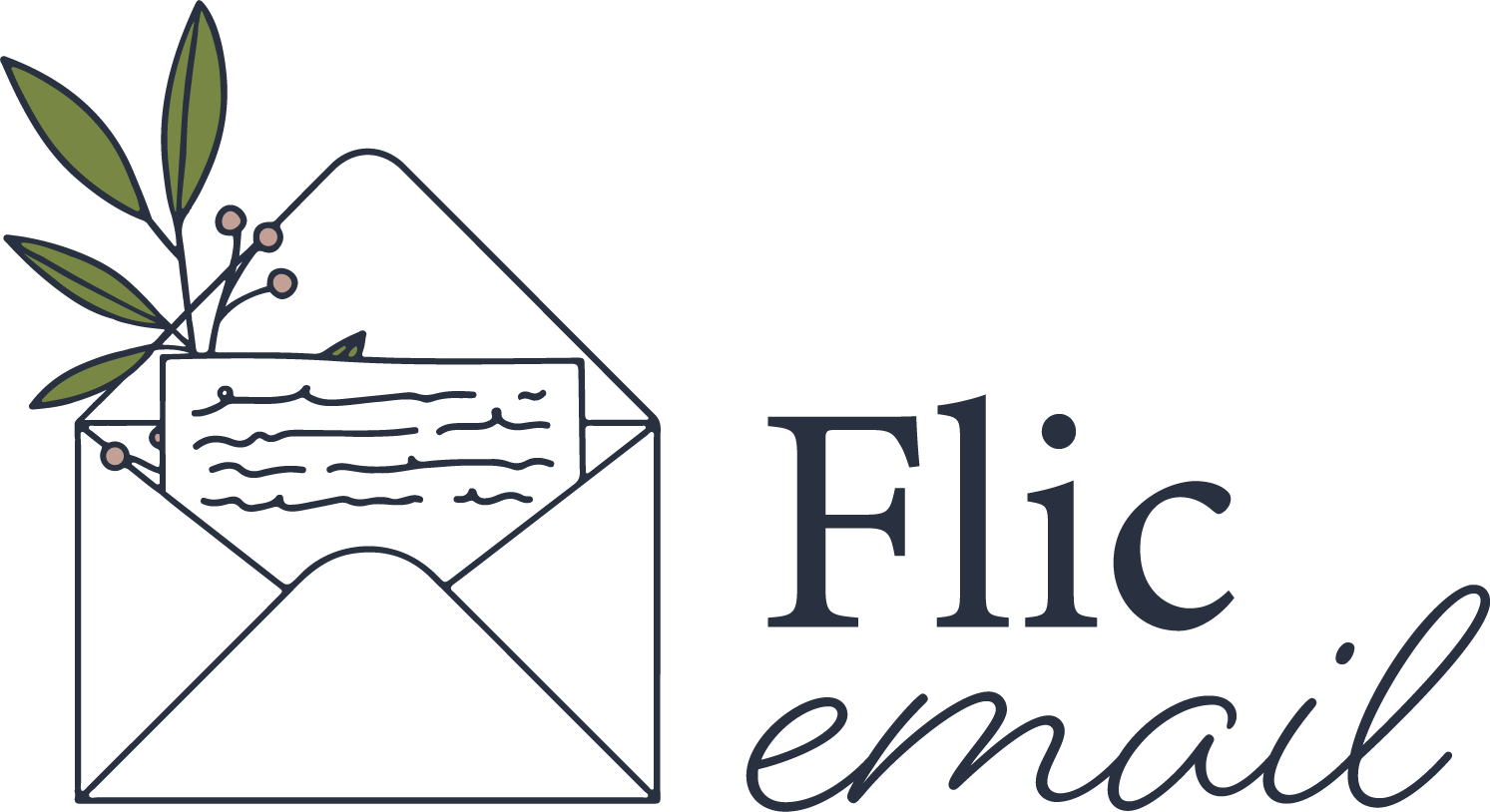How Four Sigmatic uses playful product personalities in email marketing | Email teardown
During their Saturday afternoon radio show, Karl Pilkington once described his elderly neighbour to Ricky Gervais and Stephen Merchant as a “bog standard old woman”.
If you were to meet my Nan, you’d make the same snap judgement. She’s an 89-year-old woman called Shirley who walks with sticks and has permed gray hair. Her favourite scent is Lilly of the Valley.
But here are a few things that change everything:
Shirley has climbed Kilimanjaro
She once bribed guards at a roadblock in Syria
She was on a ship that sank off the coast of Malaysia
Hand on heart, these are true!
With just 25 words, suddenly ole Shirley has a shed load of character - and I bet you have questions. Here’s newspaper coverage on that last one which might help answer a few.
Most brands describe their products in a way that’s, well… bog standard. But what if you gave them a personality?
What if your best-selling moisturiser wasn’t just hydrating and lightweight but a Parisian socialite who only drinks rosé and insists on silk pillowcases?
What if your tote bag wasn’t just versatile and durable but a free spirit who’s been to more countries than you have?
(although it still won’t be as many as Shirley’s been to)
When you create characters for your products - giving them names and maybe even a backstory - you inject personality into your brand. And personality is what helps customers form an emotional connection.
Characters make your brand feel human, and humans build relationships. But beyond that, characters help highlight your unique selling points in a way that’s memorable and engaging.
I’ve broken this down further in the YouTube video above, where I analyse two emails from a brand that does this brilliantly - Four Sigmatic.
But what if that approach isn’t quite your style?
No worries, I’ve got another technique that will totally level up your product descriptions, even if you’re not in the mood for creating an entire backstory.
It’s called the Benefit-Focused Approach.
Let me give you a quick example from my life. I lost the first two days of this week to a nasty stomach bug. I’m writing this email on Wednesday afternoon, and I’m finally up from my bed, though I confess I’ve only made it to the sofa. My husband is now down sick too, so I’m back on kid duty, even though I’m still not 100%. All I can think about is making it to the weekend, when, hopefully, I’ll get to enjoy a hot bubble bath, and finally feel human again. Maybe even with a few candles, a podcast and a fresh cup of tea…
You see where I’m going with this, right?
Right now, if someone marketed a candle or bath product to me in the right way, I’d hand over everything I have. I need that “feeling better” moment.
So here’s the copywriting lesson… instead of describing your product like this:
“This handmade candle uses natural soy wax and a wooden wick.”
Try something like this:
“This candle creates a cozy ambiance that helps you unwind after a long day - perfect for those moments when you need to relax and feel human again.”
Why does this work?
Because benefits connect to emotion. When you market based on the transformation your product offers, you tap into the feelings and desires of your audience. And right now, my desire is a candlelit bubble bath that makes me feel like I’m finally catching a break.
Want your own (private!) email review? I can SHOW you what works, what doesn’t, and how you can make sure YOUR emails convert. I teardown your emails, so that you can build them up bigger and better - CLICK HERE!
